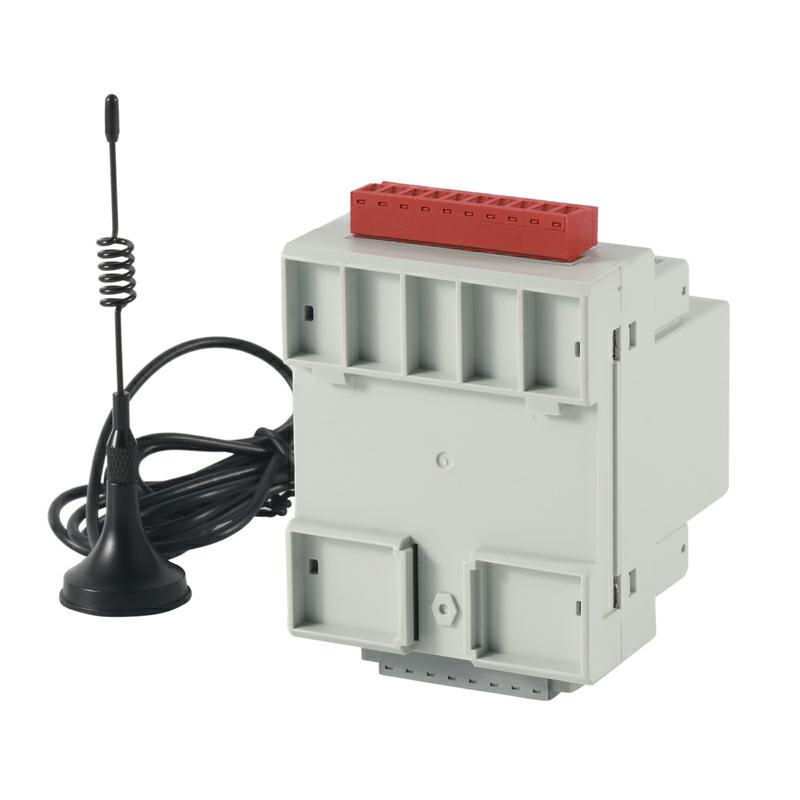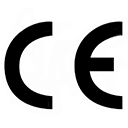Acrel ADW300 IOT Wireless 3 Phase Energy Meter by Rogowski Coil Access
Measurement: 3-phase Active Power, Reactive Power, Current, Voltage, Harmonic and etc.
Rated Current: 3x200mV AC (via Rogowski Coil)
Rated Voltage: Up to 3x660~792Vac L-L
Communication: RS485,4G,WIFI,LoRa,Lorawan
HMI Programming: Setting of CT/PT Ratio, Phase Wiring, Communication and etc
Application Scenario: Building, Factory, Smart Grids, DB Room and etc
Standard&Certificate: CE; IEC; LVD
ADW300 wireless energy meters have multiple built-in communication modules designed for different situations when paired with IoT energy management systems or other demands for remote connection. Meanwhile, ADW300 can provide various extraction function modules and various electrical parameter measurements to meet different requests from customers. Also, as proof of quality, ADW300 is strictly compliant with the standard of IEC 62052-11; IEC62053-22; LVD.

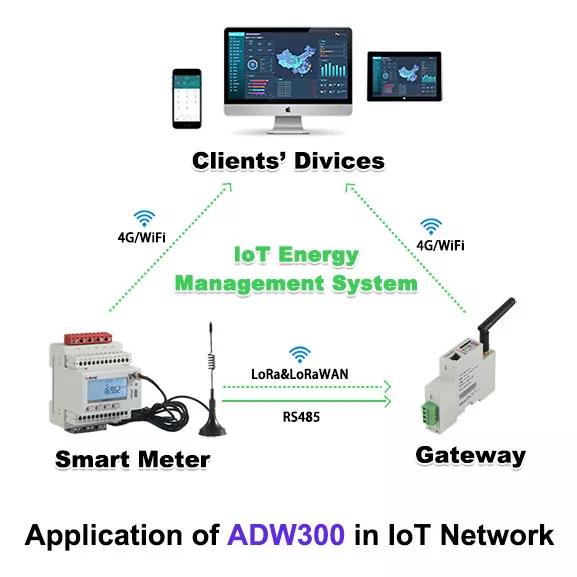
Multiple Communication Methods
● 4G LTE
● WIFI (2.4GHz & 5GHz)
● LORAWAN (Support LW923, LW868)
● LoRa
● RS485 (MODBUS-RTU)
● Paired with IoT Energy Monitoring System
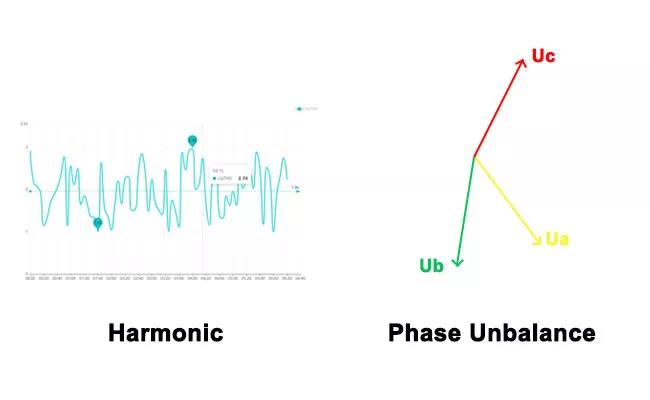
Power Quality Analysis
● Total Harmonic
● 2nd~31st Harmonic
● Voltage Unbalance
● Current Unbalance
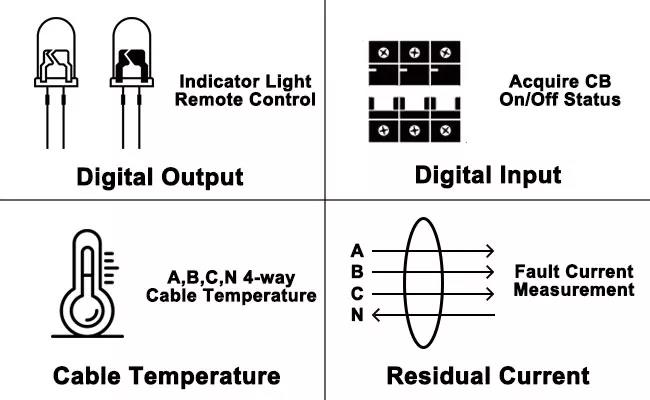
Expanded Function
● 2-channel DO (Digital Ouput)
● 4-channel DI (Digital Input)
● 4-channel Cable Temperature Monitoring
● 1-channel Residual Current Measurement

Alarm Function
● Over/Under Current
● Over/Under Voltage
● Over/Under Power
● Phase Loss

One step Direct solution
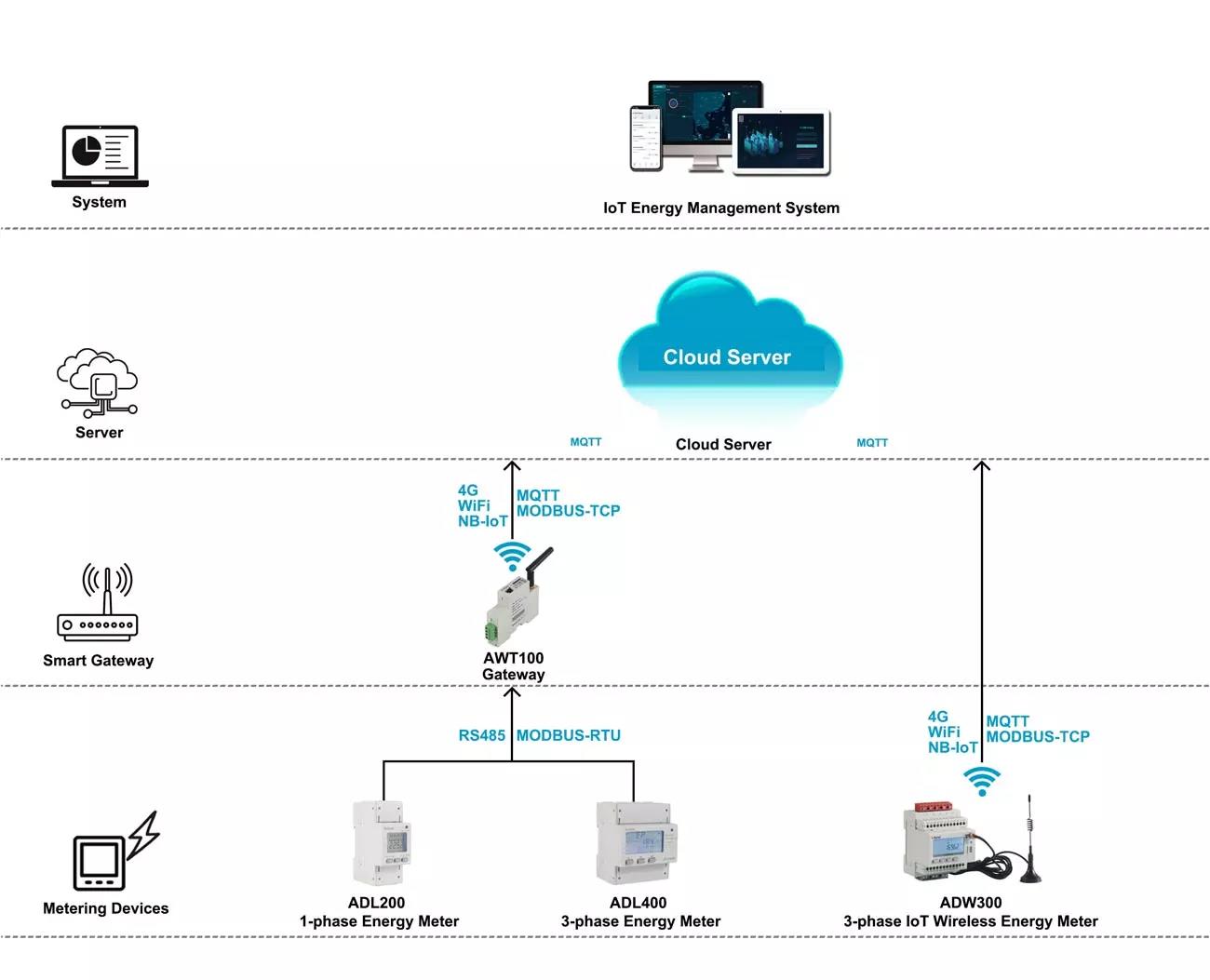
LoRa-Based Indirect Solution
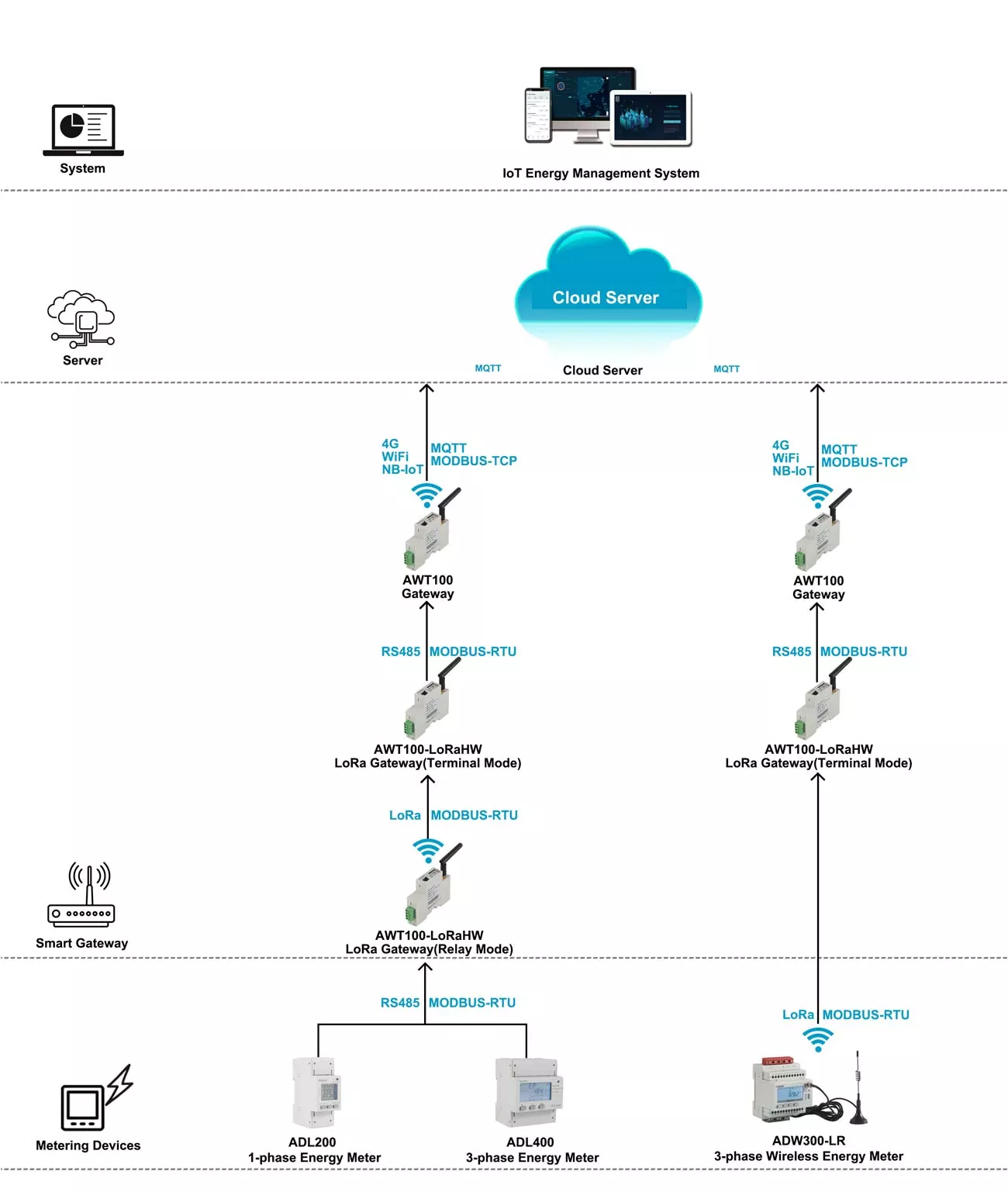
1.System support all the meters across the country whose data has been sent to cloudserver through 4G,WiFi or Ethernet.
2.Remote meter reading and data collection.
3.Provide loT APP for mobile phone side and loT WEB for PC side
4.Generate energy data report of daily, monthly and annually period with year-on-yeay andperiod-on-period energy analysis.
5.Provide various alarm function to ensure a stable operation of the system and protect youlproperty.
6.Offer 3-month free trial of system with full technical support as for a test phase or pilotproject.
Remark:
1AcrelloT EMS WEB(For PC users):http://iot.acrel-eem.com/
2AcrelloT EMS APP(For mobile Users):https://play.google.com/store/apps/details?id=com.acrel.iotems
3.Test Account: AcrePassword:123456
Q:What's the biggest advantage of ADW300?
A:ADW300 has its built-in wireless communication module which allow it to realize 4G LTE, WiFi, NB-IoT, LoRa upstream communication without using extra IoT gateways. For the application scenarios when the meters can't be of centralized installation, ADW300 will usually be the best option for monitor 3-phase circuits that were far from each other.
Q:How should I deal with RS485 network communication malfunction?
A:First, check if the wiring of RS485 communication line was loosen or wired incorrectly.(like reversely wiring the A,B terminal).
Next,inspect if the meter’s setting of address, baud rate, check bit was correct by using keypads on the meter.
Q:What if LoRa communication of meters malfunctioned?
A:First, use USB to RS485 serial converter to connect the meter with computer. Then use adjustment software to check if setting of meter is on consensus with the setting of master station.(setting of channel and spreading factor--SF)
If setting remain the same, then it might be due to large interference of work site or the excessively far range between meter and host. In that case, it’s recommended to use chuck antenna or set a new master station nearby.
Q:What’s the difference between ADW300 and ADW300W
A:ADW300 has internal current transformers and can select compatible current transformer according to the site current to realized a secondary connection via CTs.
ADW300W on the other hand, has external current transformers.(non-detachable or it will damage the meter) This kind of design extremely ease the wiring and installation if the work-site already has CTs.
Q:What do 3×57.7/100V,3×220/380V,3×380/660V,3×100V,3×380V,3×660V represent respectively?
A:The meter’s spec of 3*100V,3*57.7/100V is suitable for high voltage power system while pairing with PT(potential transformer or voltage transformer). Beside, 3*100V represent 3-phase 3-wire and 3*57.7/100V represent 3-phase 4-wire.
The meter’s spec of 3*220/380V,3*380/660V,3*380V,3*660V is suitable for low voltage power system(directly connect with meter). Meanwhile,3*380V,3*660V represent 3-phase 3-wire and 3*220/380V,3*380/660V represent 3-phase 4-wire.
Other Question? Please contact us and we will get back to you as soon as possible.
Function Overview
|
Function |
Description |
|
Measurement |
Three-phase AC kWh, kVarh, Active Power, Reactive Power,
|
|
Measurement |
Temperature Measurement:4-channel (A,B,C,N) Cable Temperature Monitoring;
|
|
Residual Current Measurement: 1-channel Residual Current Monitoring |
|
|
Communication |
RS485 Port with Modbus-RTU protocol - 1 start bit,8 data bit,
|
|
Communication |
4G LTE - Normal Communicaiton Module Support: LTE-FDD: B1/B3/B5/B8;
|
|
WiFi - Support 2.4GHz or 5GHz |
|
|
LoRaWAN |
|
|
LoRa |
|
|
NB-IoT |
|
|
Display |
LCD Display and LED Indicator |
|
HMI |
Keypads Programming: Setting of CT/PT Ratio, Communication, Phase Wiring and etc |
|
Software |
Adjustment Software: Setting of Data Upload Interval, |
|
Alarm Function |
Undervoltage, Overvoltage, Undercurrent, Overcurrent,
|
|
I/O Function |
4-channel or 2-channel DI (Digital Input) |
Main Parameters
|
Parameter |
Description&Value |
|
|
Voltage |
Rated Voltage |
3x380~456Vac L-L or 3x660~792Vac L-L (via direct connection) |
|
Reference Frequency |
45~65Hz |
|
|
Power Consumption |
<0.5VA (each Phase) |
|
|
Current |
Rated Current |
3x200mV AC (via Rogowski Coil) |
|
Starting Current |
1% Ib (Class 0.5); 4% Ib(Class 1) |
|
|
Power Consumption |
<1VA (each Phase) |
|
|
Phase |
3P4W |
3-phase 4-wire |
|
3P3W |
3-phase 3-wire |
|
|
Auxiliary |
Voltage Range |
85~265Vac |
|
Power Consumption |
<2W |
|
|
Measurement |
Standard |
IEC 62053-22:2003; IEC 62053-21:2003 |
|
kWh Accuracy |
Class 0.5S |
|
|
Pulse |
Width of Pulse |
80±20ms |
|
Pulse Constant |
6400imp/kWh; 400imp/kWh |
|
Environment
|
Condition |
Description&Value |
|
Temperature |
Operating Temperature: -20℃~+55℃; Storage Temperature: -40°C ~+70°C |
|
Humidity |
≤95%RH,no condensation,without corrosive gas |
|
Altitude |
≤ 2000m |







